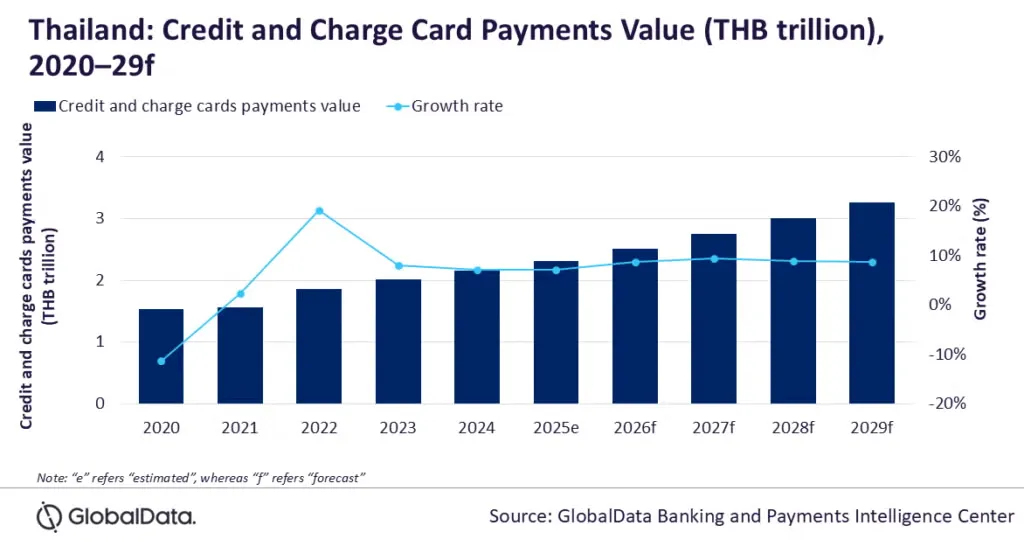Thailand is riding a wave of digital transformation, with fintech at the center. A staggering 94% of Thai consumers used at least one digital payment method in the past year—well above the Asia-Pacific average of 88%. This momentum signals more than just a tech trend. It marks a shift in how people access, manage, and think about money. The Thailand fintech adoption rise is real, and it's reshaping everything from payments to credit access.
Digital Payments at the Core of Thailand Fintech Adoption Rise

Payments are leading the charge. As of October 2024, over 6.28 billion digital transactions were processed through mobile and internet banking in Thailand. That figure reflects how deeply fintech has embedded itself into daily life. In fact, 80% of Thai consumers increased their use of at least one digital payment tool in the past year.
Popular options include:
-
Digital wallets (63%)
-
Account-to-account payments (55%)
-
QR code payments (54%)
This adoption isn’t just about convenience—it’s about trust. Consumers are increasingly confident using apps for everyday transactions, making Thailand one of the most engaged digital payment markets in the region.
Read Also: Empowering Businesses Through Thailand SME Digital Transformation
A Diverse and Growing Ecosystem
Thailand’s fintech ecosystem is thriving. Nearly 90 fintech startups now operate in the country, with a majority focused on:
-
Payments (22%)
-
Lending (18%)
-
Blockchain (16%)
The rise of these startups reflects both demand and opportunity. From mobile lending apps to cryptocurrency platforms, Thai innovators are meeting modern financial needs head-on.
A big reason for this success is infrastructure. Thailand’s high smartphone penetration and widespread internet access, especially among its young and digitally native population, create the perfect conditions for fintech growth.
Read Also: Thailand Digital Wallet Scheme Initiative: Economic Impacts
Credit Access and Lending Innovation
The Thailand fintech adoption rise is also transforming lending. Digital lending and peer-to-peer platforms saw a 20% year-on-year increase in loan disbursements. These platforms are expanding credit access for underserved segments, including small businesses and gig workers, who may be excluded from traditional banking.
This evolution not only increases financial activity but also supports entrepreneurship and job creation, the key drivers of long-term economic health.
Thailand Fintech Adoption Rise: Government Support and Smart Regulation
Thailand’s fintech progress hasn’t happened by accident. The government has supported the sector with forward-thinking policies like the “Cloud First” strategy and regulatory sandboxes. These measures allow fintech firms to innovate, test products, and bring them to market faster while maintaining compliance and security standards.
The result? A healthy balance between innovation and oversight that attracts both investors and users.
Driving Financial Inclusion
Despite all this progress, around 40% of Thais remain unbanked or underserved. For them, fintech offers something more than just a new way to pay: a doorway to formal financial services. Mobile banking and digital wallets are becoming essential tools to bridge the financial gap, offering services like savings, insurance, and credit to people previously excluded from the system.
Thailand Fintech Adoption Rise: A Connected, Inclusive Future
The Thailand fintech adoption rise is a transformation expected. With nearly universal digital engagement, rising startup activity, and strong regulatory support, fintech is changing how Thailand pays, lends, and includes. As digital finance continues to evolve, Thailand is well-positioned to lead in innovation and impact.






